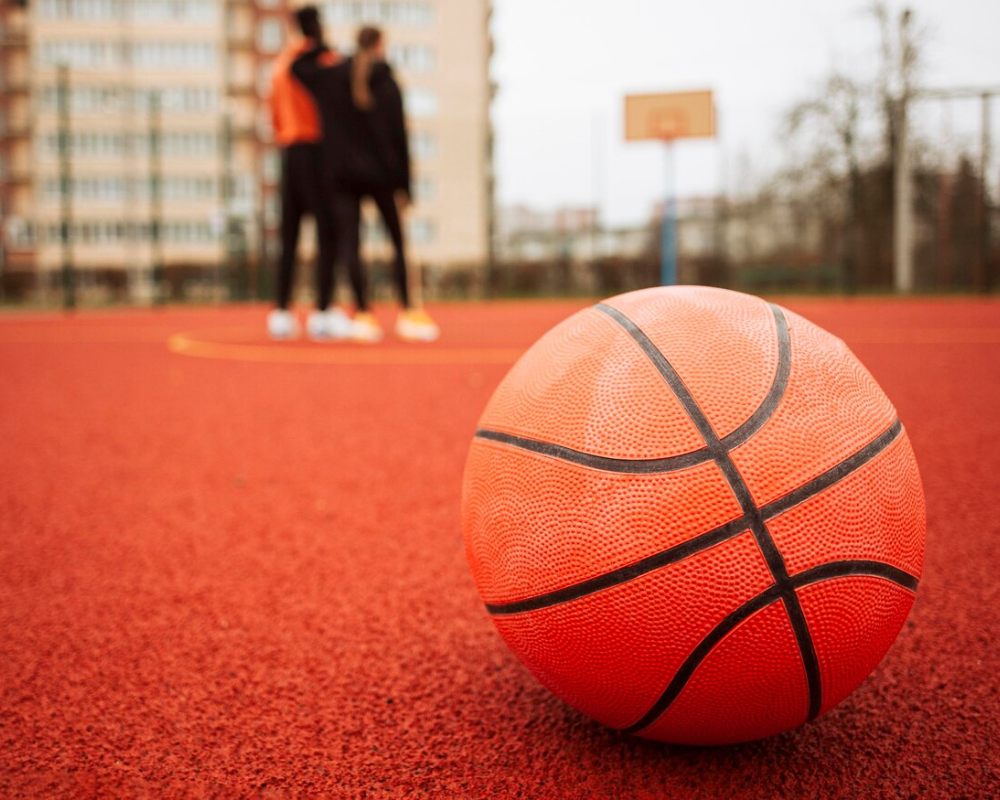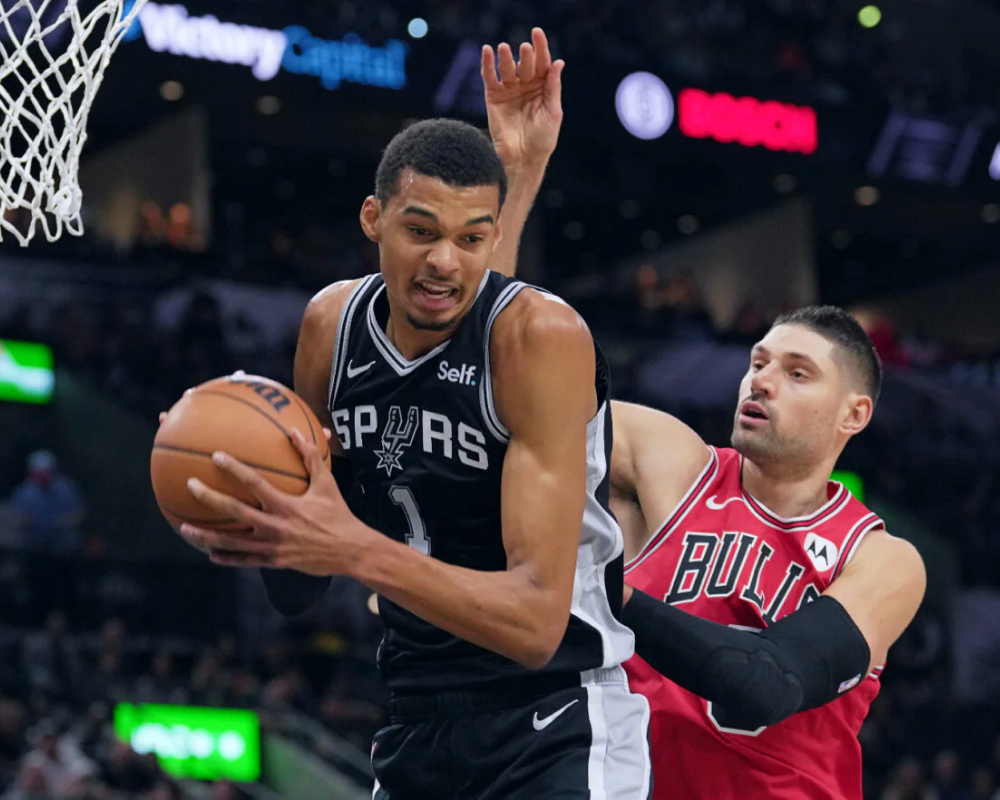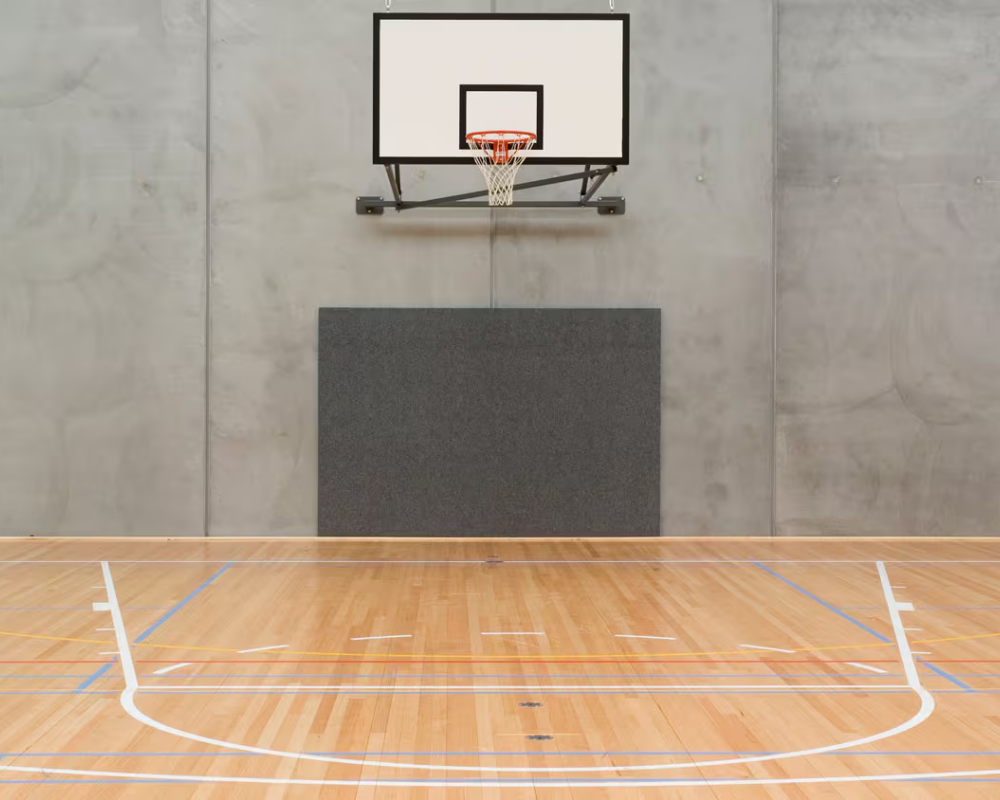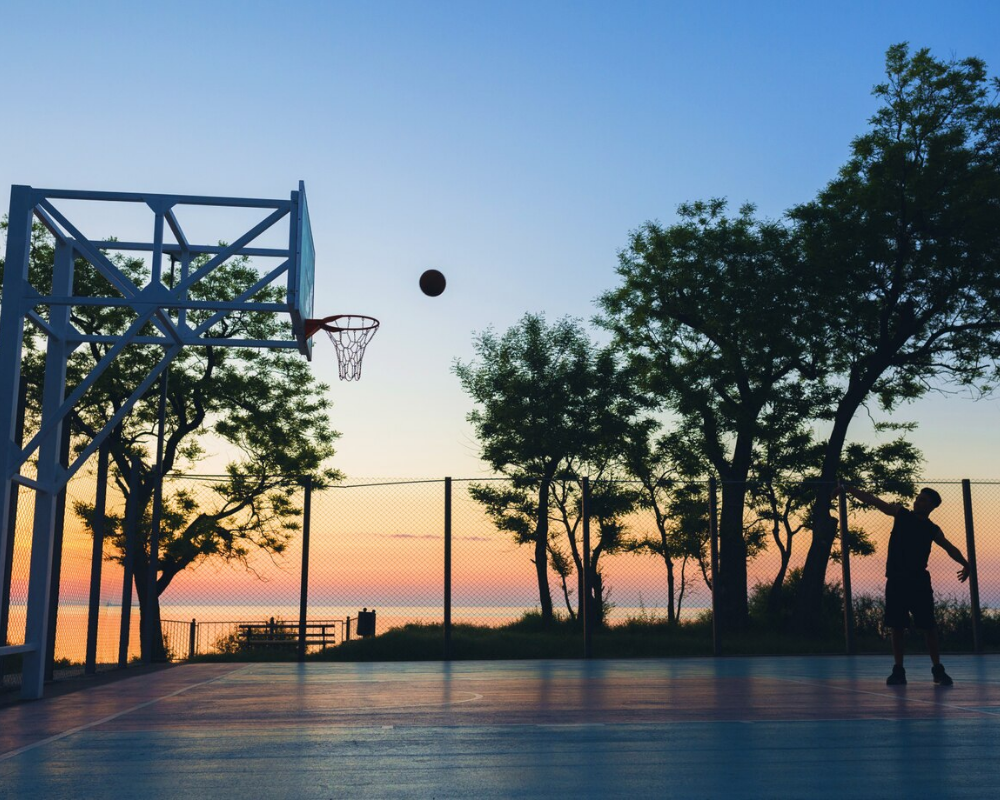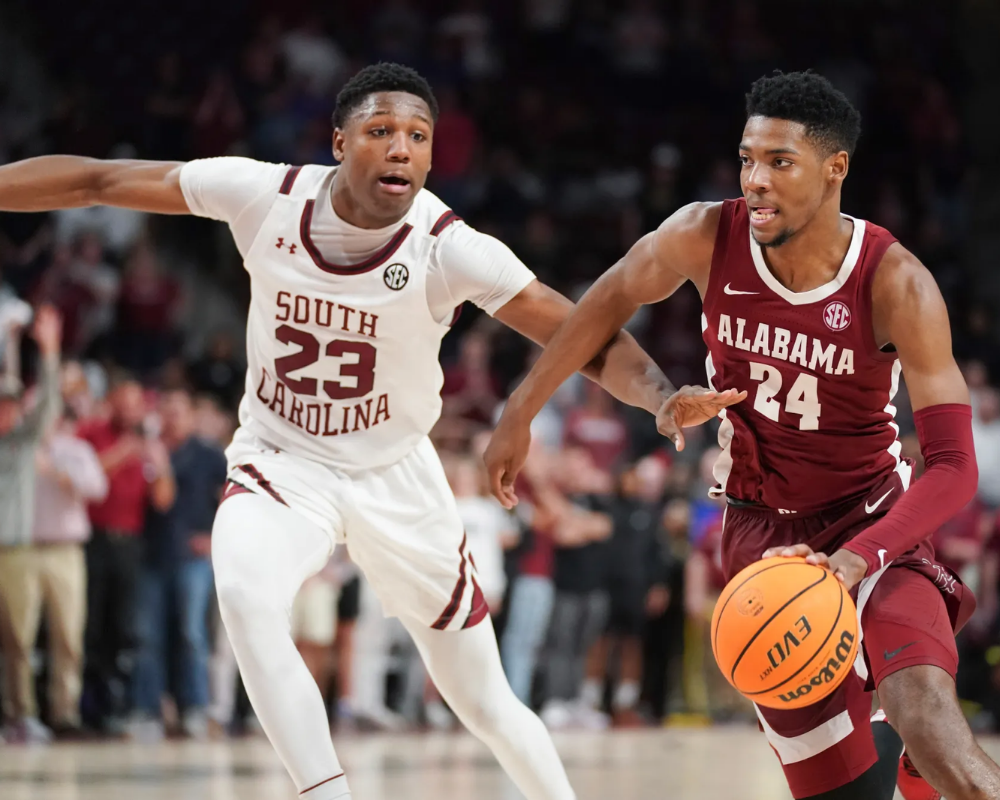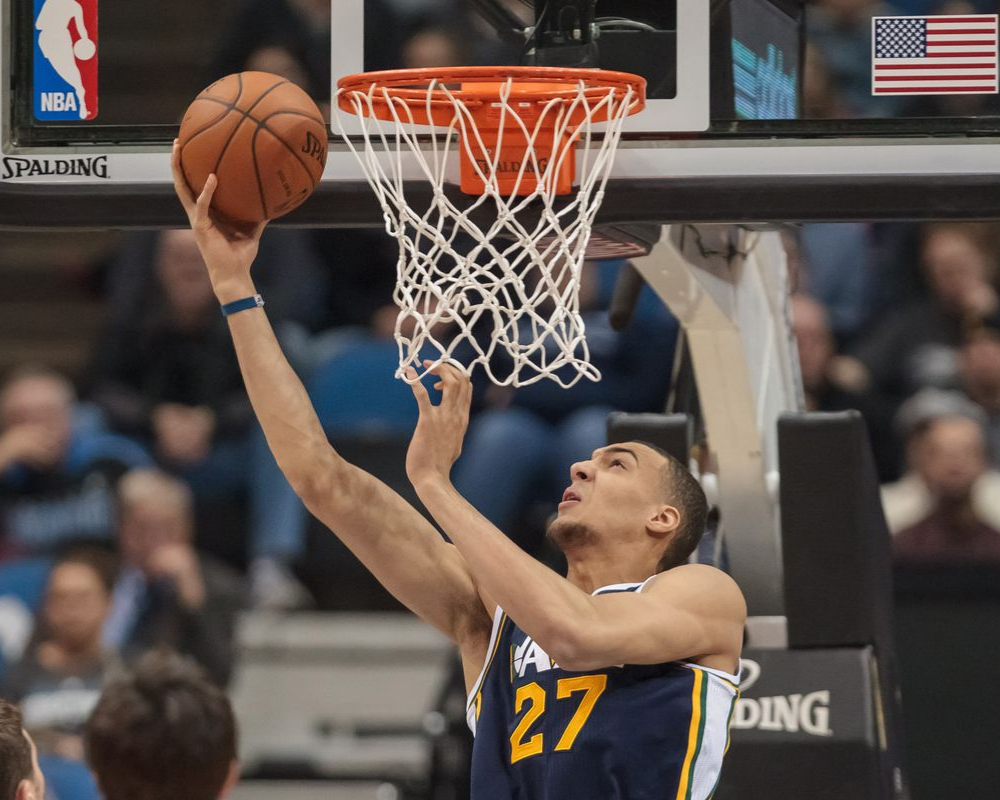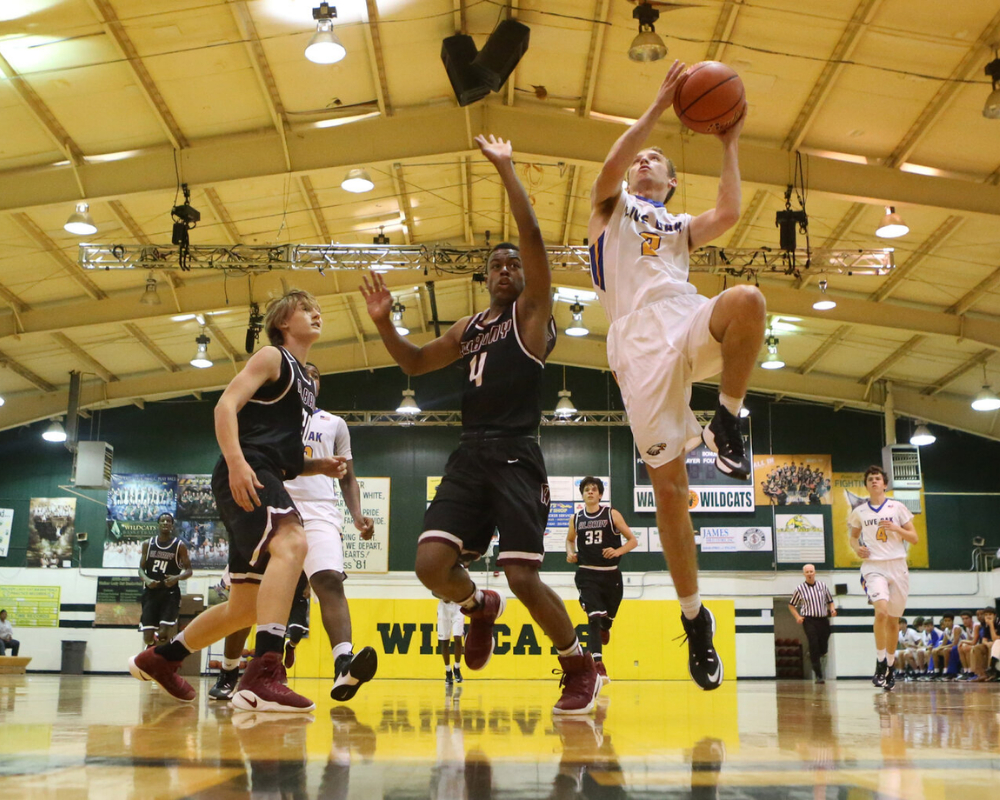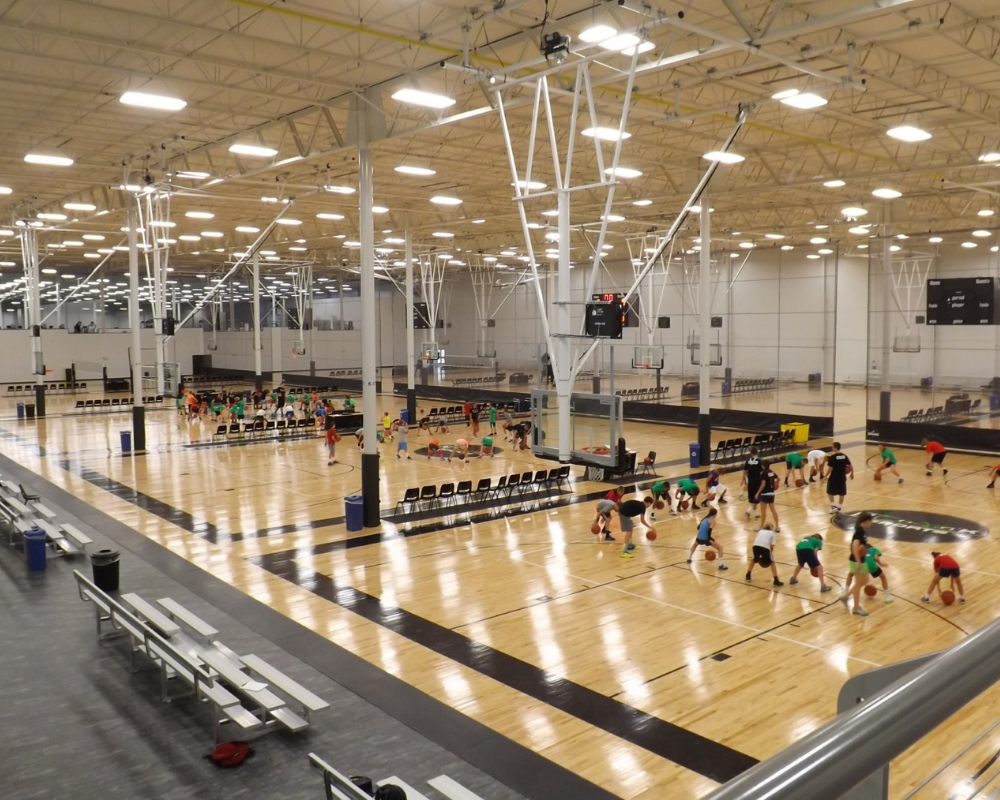Basketball, a game celebrated worldwide for its dynamism and athleticism, thrives on the diversity of skills and roles players bring to the hardwood. Understanding the different positions in basketball is key to appreciating the strategy and artistry of the game. From orchestrating plays to dominating the defense, each position holds unique responsibilities that contribute to the team’s success. Dive into the world of basketball positions with us and discover how these roles shape the game’s pace, strategy, and ultimate thrill.
The Five Core Basketball Positions
In the dynamic world of basketball, understanding the roles and responsibilities associated with the five core positions is crucial for both players and enthusiasts. These positions, each with its unique set of skills and on-court duties, work together to form a cohesive unit aimed at outsmarting the opposition. The point guard, known as the “floor general,” is responsible for orchestrating the offense, directing plays, and ensuring smooth ball distribution. Their agility and strategic mindset allow them to read the game and make quick decisions.
Next, the shooting guard, who excels in long-range shots, brings versatility to the team’s offensive play. Their ability to score from the perimeter and defend against the opposing team’s guards is invaluable. The small forward, often considered the team’s most versatile player, combines speed, strength, and agility. They are expected to contribute across the board, from scoring and rebounding to defending. The power forward, with their blend of physicality and agility, dominates the paint. They are pivotal in rebounding and providing interior defense, often stepping out to the perimeter to guard more agile players.
Lastly, the center, or the “big man,” stands as the team’s anchor in both offense and defense. With their height and strength, they are crucial for blocking shots, securing rebounds, and scoring close to the basket. Understanding these positions helps in appreciating the strategic depth of basketball, highlighting how each player’s role is tailored to their strengths, contributing to the team’s overall success.
The interplay between these positions demonstrates the complexity and beauty of basketball, emphasizing teamwork, strategy, and individual prowess. Recognizing the unique contributions of each position allows fans and players alike to appreciate the nuanced strategies that make basketball a captivating sport to watch and play.
- Point Guard (PG)
- Shooting Guard (SG)
- Small Forward (SF)
- Power Forward (PF)
- Center (C)
Unlock the Game: What Are the Different Positions in Basketball?
Basketball, a sport that captivates audiences worldwide, is not just a game of scoring points but also a strategic battle where different positions play pivotal roles. Understanding these positions is essential for appreciating the game’s depth and the players’ skills. At the core of a basketball team, there are five primary positions, each with unique responsibilities and skill sets that contribute to the team’s overall strategy and success.
The point guard, often referred to as the “floor general,” is responsible for directing the team’s offense, making strategic decisions, and ensuring that the ball gets to the right player at the right time. They need to have excellent ball-handling skills, vision, and a deep understanding of the game. The shooting guard is the team’s primary scorer, known for their ability to make long-range shots and drive to the basket. A shooting guard must be quick, agile, and have a sharp shooting ability. The small forward is considered the most versatile player, capable of playing both offensively and defensively. They need to be strong, fast, and able to perform under pressure. The power forward plays near the basket, using their size and strength to score points and defend against the opposing team’s attacks. Lastly, the center, often the tallest player, dominates near the basket, blocking shots and securing rebounds.
Each position requires a unique blend of skills, physical attributes, and basketball IQ, making every player’s role crucial to the team’s performance. Understanding these positions helps fans appreciate the strategic intricacies of basketball and the talent and hard work of the players.
Deep Dive into Basketball Positions
Exploring further into the nuances of each basketball position reveals the complexity and strategic depth of the game. Coaches often tailor their strategies based on the strengths and weaknesses of their players, leading to diverse styles of play across different teams. This adaptability showcases the creativity and tactical intelligence in basketball, elevating it from a mere game to a highly strategic sport.
- Point Guard: The Strategist
- Shooting Guard: The Sharpshooter
- Small Forward: The All-Rounder
- Power Forward: The Enforcer
- Center: The Anchor
Strategic Variations in Basketball Positions
While the fundamental roles of the five positions remain constant, coaches and players continuously evolve and adapt their strategies. This dynamism adds an exciting layer of depth to basketball, making each game a unique and unpredictable battle of wits and skills. Understanding these strategic variations enriches the viewing experience for fans and provides aspiring players with insights into improving their game.
Point Guard: The Team’s Leader
The Point Guard, often referred to as the “floor general,” plays a pivotal role in the structure and flow of a basketball game. This position is not just about handling the ball or making shots; it’s about having a comprehensive understanding of the game, possessing the ability to see plays before they happen, and leading the team with poise and intelligence. A Point Guard needs to have an exceptional blend of skills including dribbling, passing, and decision-making, which allows them to set the tempo of the game and ensure the basketball is distributed to the right player at the right time.
One of the primary responsibilities of a Point Guard is to facilitate the offense. This involves bringing the ball up the court, initiating plays, and making sure that the offense runs smoothly. They need to have a keen eye for spotting open teammates and the ability to deliver precise passes that can lead to scoring opportunities. Moreover, a Point Guard is often seen as an extension of the coach on the floor, required to understand the game plan thoroughly and make quick decisions under pressure. Their leadership on the court is crucial, not only in directing the flow of the game but also in motivating teammates and maintaining team morale.
Defensively, Point Guards are also key. They are typically tasked with guarding the opponent’s Point Guard, challenging shots, and disrupting passing lanes. This requires them to have quick feet, good anticipation skills, and the stamina to stay in front of some of the quickest players in the game. While they may not always be the biggest players on the court, their heart and determination can set the tone for the team’s defensive effort.
- Exceptional ball-handling skills
- High basketball IQ and decision-making ability
- Ability to read the game and anticipate plays
- Strong leadership and communication skills
- Defensive prowess to challenge opposing guards
In summary, the Point Guard position demands a unique set of skills and characteristics. These players are the catalysts for their teams, responsible for setting the pace of the game, facilitating team offense, and leading by example. Their role is critical in both offensive and defensive plays, making them indispensable to the team’s success. As the game of basketball continues to evolve, so does the role of the Point Guard, but their position as the team’s leader on the floor remains unchanged.
Shooting Guard: The Perimeter Scorer
The shooting guard, often referred to as the perimeter scorer, plays a vital role in the dynamics of a basketball team. This position demands a player with the ability to score from long distances, excellent ball-handling skills, and a strong defensive presence. A shooting guard’s primary responsibility is to generate points for the team, making them crucial in tight game situations. They are expected to take and make shots from beyond the three-point line, drive to the basket, and create scoring opportunities for themselves and their teammates.
Shooting guards are also tasked with the second line of defense. They must possess the agility and speed to guard the opponent’s perimeter players, disrupt passing lanes, and occasionally help out in rebounding. The versatility of a shooting guard is paramount; they must be as proficient in offense as they are in defense, making them indispensable on the court. The best shooting guards have an uncanny ability to change the momentum of the game, making clutch shots when the team needs them the most and applying pressure on the defense to open up opportunities for their teammates.
On top of their scoring and defensive responsibilities, shooting guards need to have a high level of stamina and endurance. The nature of their role requires constant movement, quick transitions from offense to defense, and the capacity to stay focused and effective throughout the game’s entirety. This blend of physical and mental attributes defines the shooting guard’s position and underscores its significance in the team’s overall strategy and success.
- Exceptional long-range shooting ability
- Excellent ball-handling skills
- Strong defensive capabilities
- Ability to create scoring opportunities
- High level of stamina and endurance
Key Attributes of a Successful Shooting Guard
The hallmarks of a successful shooting guard include not only the ability to score from various positions on the court but also a keen defensive acumen. Consistency in performance, the capability to adapt to different defensive setups, and the mental resilience to take and make critical shots under pressure are what set apart the elite shooting guards. Understanding the game’s flow and knowing when to take charge or support as a facilitator are subtle yet impactful ways a shooting guard contributes to the team’s dynamics.
Understanding the Strategic Importance of Shooting Guards
In-depth knowledge of the game, coupled with physical preparedness, allows a shooting guard to exploit weaknesses in the opponent’s defense and alter the course of the game. The strategic importance of shooting guards cannot be overstated; they are often the catalysts for turning the tide in closely contested matches. Their role in spreading the defense, creating space for their teammates, and their threat from the perimeter makes them a focal point of the offensive strategy. As basketball continues to evolve, the shooting guard’s role adapts and expands, underscoring the position’s complexity and significance in the sport.
Small Forward: The Versatile Player
The small forward position in basketball, often abbreviated as SF, is one of the most versatile and crucial roles on the court. A player in this position is expected to be a jack-of-all-trades, possessing a skill set that combines elements from both the guard and forward positions. This unique blend of abilities allows them to contribute to nearly every aspect of the game, from scoring and defense to rebounding and playmaking.
Small forwards are typically known for their agility, speed, and strength, which enables them to excel in both offensive and defensive situations. Offensively, they are expected to score through a variety of means: shooting from the perimeter, driving to the basket, and occasionally posting up against smaller defenders. Defensively, their versatility allows them to guard multiple positions, adapting to the opponent’s lineup changes with ease. This adaptability makes the small forward an indispensable part of a basketball team, capable of filling gaps and performing whatever role is needed to secure the win.
In addition to their on-court skills, small forwards often take on leadership roles within the team. Their comprehensive understanding of the game, combined with the ability to impact play in multiple ways, positions them as key strategists and motivators. The best small forwards have a high basketball IQ, allowing them to anticipate the opponent’s moves and adjust their own team’s strategy accordingly.
- Exceptional scoring ability from both inside and outside the paint
- Defensive versatility to guard multiple positions
- Strong rebounding skills, especially on the offensive glass
- Ability to create shots for themselves and others
- Leadership qualities and a high basketball IQ
The role of the small forward has evolved significantly over the years, with modern players often blurring the lines between traditional basketball positions. Today’s small forwards are expected to be more than just versatile; they are often among the most dynamic and impactful players on the court. As basketball continues to evolve, the small forward position remains a critical component of a team’s success, embodying the adaptability and multifaceted skill set that the modern game demands.
Power Forward: The Inside Presence
The role of the Power Forward in basketball is pivotal, blending the brute strength required for rebounding and the agility needed for mid-range shots. Traditionally, Power Forwards were the team’s muscle, positioned close to the basket to dominate in rebounding and block shots. However, the modern game has seen an evolution of this role, with many Power Forwards now also possessing the ability to shoot from the perimeter, making them a dual threat on the offensive end.
At the core of a Power Forward’s responsibilities is their ability to be an inside presence. This means they are often expected to battle against the opposing team’s big men, securing rebounds and executing close-range shots. Defensively, a Power Forward must be tenacious, using their physicality to disrupt the opposition’s plays. Offensively, apart from traditional low post plays, their skill set now often includes a proficiency in mid-range shooting, adding a layer of versatility to their game.
Power Forwards must also possess a high basketball IQ, understanding when to take shots and when to pass, making strategic decisions that can turn the tide of the game. Their role requires a delicate balance between aggression and finesse, making the position one of the most challenging and dynamic on the court.
Further Insights into the Power Forward Position
Exploring deeper into the role of a Power Forward, we find that their impact goes beyond just scoring and defending. They are often seen as the backbone of the team’s defense, providing the necessary support to guards and centers. With the evolution of basketball strategies, Power Forwards are now also expected to be proficient in pick and roll plays, both as the screener and the ball handler. This adaptability makes the Power Forward a linchpin in modern basketball tactics, capable of influencing the game in multiple facets.
Adapting to Modern Basketball: The Evolved Power Forward
In response to the shifting dynamics of basketball, Power Forwards have transformed, incorporating skills traditionally associated with guards, such as three-point shooting and ball handling. This evolution underscores the position’s importance in a team’s offensive and defensive schemes, highlighting the versatility and adaptability required of modern Power Forwards.
| Attribute | Traditional Power Forward | Modern Power Forward |
|---|---|---|
| Main Role | Rebounding, Inside Scoring | Versatile Scoring, Defense |
| Key Skills | Strength, Post Moves | Shooting, Ball Handling |
| Defensive Tasks | Shot Blocking, Man-to-Man Defense | Switching, Perimeter Defense |
| Offensive Play | Low Post Focus | Inside-Out, Pick & Roll |
Center: The Defensive Anchor
The role of the center in basketball cannot be overstated, acting as the team’s defensive backbone and often being the tallest player on the squad. This position demands a player who can dominate in the paint, both offensively and defensively. The center’s responsibilities include rebounding, shot-blocking, and providing a physical presence inside. They are pivotal in dictating the pace and style of the game, making them an indispensable part of any basketball team.
A successful center must possess a unique combination of size, strength, and agility. They need to be able to protect the rim from opposing players, making it difficult for them to score in the paint. This often involves challenging shots, securing defensive rebounds, and intimidating opponents simply by their presence. On the offensive side, centers are expected to excel in post-up plays, utilizing their size to overpower defenders and score near the basket. Furthermore, a proficient center should be able to execute effective screens and possess a good sense of positioning to assist their teammates in finding scoring opportunities.
However, the modern game has seen the evolution of the center position. Today’s centers are not only required to perform traditional duties but are also expected to have a more diverse skill set. This includes the ability to shoot from mid-range or even beyond the three-point line, pass accurately, and sometimes, handle the ball. This versatility makes a center more dynamic and harder to defend, adding depth to the team’s offensive strategies. The most effective centers in today’s game blend the traditional aspects of the role with these newer skills, making them formidable opponents on both ends of the court.
- Rebounding: Dominating both offensive and defensive boards.
- Shot-blocking: Preventing opponents from scoring by altering or blocking shots.
- Physical Presence: Using their body to influence the game in the paint.
- Scoring: Efficiently putting points on the board through post moves and dunks.
- Screening: Setting effective screens to free up teammates for scoring opportunities.
In conclusion, the center position is pivotal in basketball, requiring a player to be the defensive anchor of the team while also contributing significantly to its offensive strategies. The evolution of this role has added complexity to the game, making it more dynamic and exciting. Centers who can adapt to these changes and expand their skill set beyond traditional expectations become invaluable assets to their teams, often changing the course of the game with their performance on the court.
The significance of the center position has remained constant throughout the history of basketball, though the attributes of those who play it have evolved. As the game continues to grow and change, the role of the center will undoubtedly continue to evolve, reflecting the innovation and versatility that define modern basketball.


